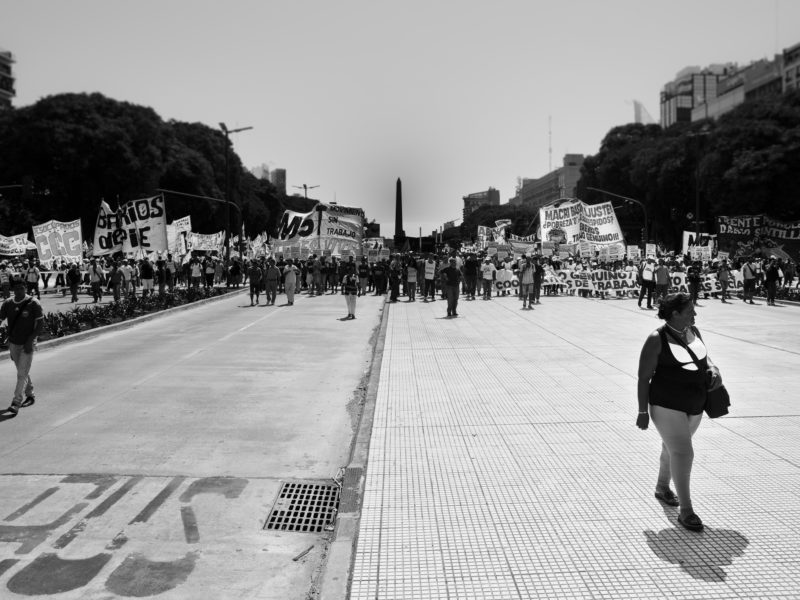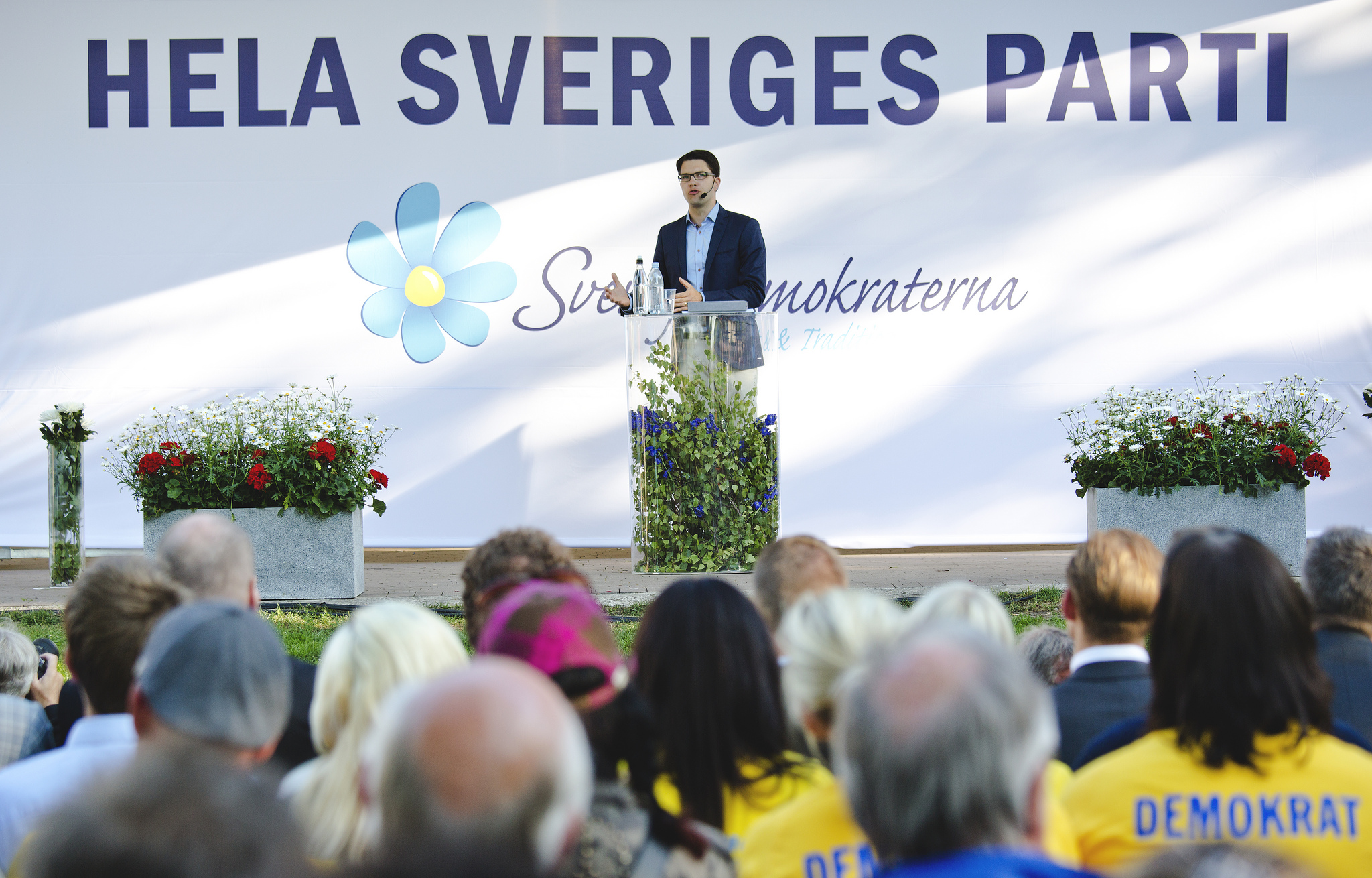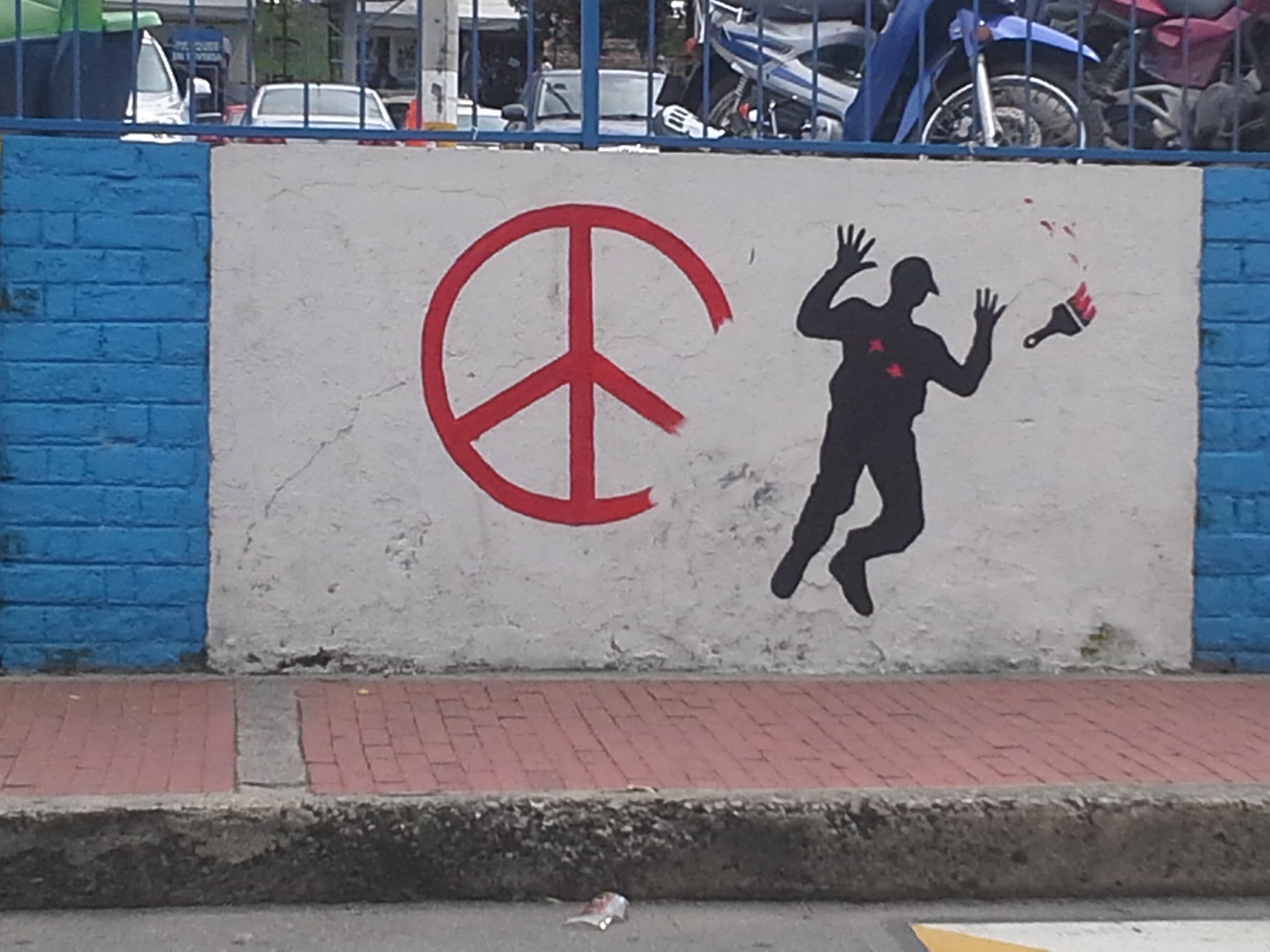Guest post by Olga Onuch, Gwen Sasse, Henry Hale, Volodymyr Kulyk and Felipe G. Santos
With government bans on public gatherings as well as forceful lockdowns, experts are raising concerns about a decline in street protests while also noting an upsurge in innovative online protest tactics fueled by social media. Some are warning authoritarian leaders that, when the threat of COVID-19 subsides, they will face a backlash. Others, believing citizens will be too afraid or too tired, wonder whether protests will disappear altogether.
New research suggests that these concerns are misplaced and the predictions may be wrong. Data from Ukraine and Argentina show that people are willing to protest at high rates, seemingly undaunted by the virus.
Two international studies recently surveyed the Argentine and Ukrainian populations. Though it is reasonable to expect a significant drop off in willingness to participate in protests in light of COVID-19—the virus, after all, is spread through human interaction—instead, a substantial number of people say they are still ready to protest against their governments.
In Ukraine, which saw 15-25 percent of its population join mass mobilizations in 2004 and 2013/14, 33 percent say they are ready to protest. Their willingness isn’t a sign they aren’t afraid of COVID-19—45 percent of those ready to protest also say they are “afraid” or “very afraid” of getting sick. Nor does it mean they are only willing to protest online; 5 percent or fewer are willing to use internet tactics.
Moreover, the willingness to protest against government overreach or infringement of civil liberties goes beyond people who protest frequently. Although only 10 percent reported participating in mobilizations over the last year—signing petitions, taking part in local or national demonstrations or strikes—when asked what they would do if the current situation in Ukraine worsens, 28 percent say they are willing to participate in a variety of mobilizations. And 13 percent are willing take part specifically in street demonstrations, even in the midst of COVID-19.
In Argentina, which has seen several mass protest events since the end of military dictatorship in 1983, readiness to protest is typically high. But even for Argentine standards we were shocked to find that 55 percent of those surveyed were ready to protest, irrespective of whether they were surveyed before or after the first case of COVID-19.
Even more perplexing is that, among Argentines surveyed after quarantine began, 45 percent were still ready to protest—meaning that a large portion of Argentines are willing to break the law and protest in the midst of rising rates of COVID-19 infections. Even if a portion of the population does not believe the threat from the virus is substantial, there is no evidence that the majority of those ready to protest are willing to do so because they do not fear contracting the disease.
Who are these would-be protesters? Are they partisans of a political party? Not necessarily. In Ukraine, data suggest some partisan polarization, with those who voted for President Volodymyr Zelensky’s main opponent Petro Poroshenko in 2019, 20 percent more likely to be ready to protest. Yet, when those who are afraid of contracting COVID-19 and still willing to protest are accounted for—18 percent of Ukrainians—the partisan effect disappears, signaling that willingness to protest, even in the face of COVID-19, trumps partisanship.
Even in the highly polarized partisan context of Argentina, where pro- and anti-Peronist party identity is ubiquitous, would-be protesters do not align along a partisan divide. Those ready to protest are neither more likely to have voted for president Alberto Fernandez, nor are they more likely to have supported former President Mauricio Macri in the October 2019 vote. This suggests that the opposition (those who support Macri) lack a ready protest base and could not bring the government down on its own. Their fanning the flames of discontent is unlikely to motivate their base to protest based on their partisan allegiance. On the other hand, it also means that some of the government’s own supporters are ready to protest against it, should it infringe on political freedoms by instituting bans that are deemed unnecessary, as was the case with President De la Rua’s announcement of a state of siege in 2001. Our data suggest that even self-declared Peronists might turn on Fernandez should his strategy of dealing with the pandemic be deemed unsatisfactory or not respecting democratic norms.
There are some commonalities among would-be protesters in Ukraine and Argentina. Calls focused on the economy are unlikely to provoke these groups, as those ready to protest are not united by economic grievances. In both countries, they are more likely to report a comfortable family financial situation. Calls around security are also unlikely to motivate. In Argentina those ready to protest are not more fearful than others of rising crime, and in Ukraine they are not more or less likely to believe national security should be prioritized over the pandemic.
There is evidence that would-be protesters support democracy at higher rates than the general population and that the infringement of civic rights could be enough to mobilize them. Threats to civil liberties could include: the selective running, rescheduling, cancelling or refusal to cancel local elections when it benefits the party in power (as has already been alleged in Poland and France); the targeted use of fines and even imprisonment against people charged with flouting quarantines in neighborhoods predominantly known to be opposition territory; using the COVID-19 crisis as a cover for politically motivated attacks or criminal cases against opposition leaders or those critical of the regime (as was recently attempted by a group linked to the president’s party in Ukraine); or attempting a mass political coverup of the extent of the crisis itself.
Governments—autocracies and democracies alike—should not assume they have a free pass because of the crisis. Despite a drop in public gatherings as the new coronavirus spreads, protests may resurge, even in the face of the COVID-19 threat. Not only must governments weigh the trade-offs between public health and revitalizing the economy, they also need to consider how to respect their citizens’ right to protest, even during a pandemic.
Olga Onuch is a Senior Lecturer in Politics at the Politics Department at the University of Manchester and an Associate Fellow of Nuffield College at the University of Oxford and the Harvard Ukrainian Research Institute. She is the Principle Investigator of the MOBILISE and IBIF projects. Gwendolyn Sasse is Director of Centre for East European and International Studies in Berlin; Professor in Comparative Politics at the Department of Politics and IR and Professorial Fellow at Nuffield College at the University of Oxford. Henry Hale is Professor of Political Science and International Affairs at George Washington University. Volodymyr Kulyk is head research fellow at the Institute of Political and Ethnic Studies, National Academy of Sciences of Ukraine, in Kyiv Co-Investigator. Felipe G. Santos is a post-doctoral Research Associate at the Politics Department at the University of Manchester.







